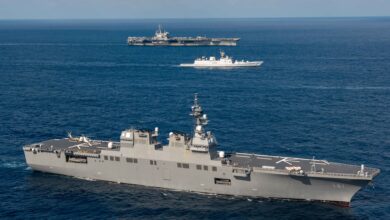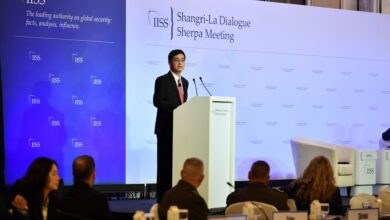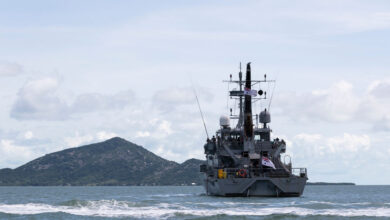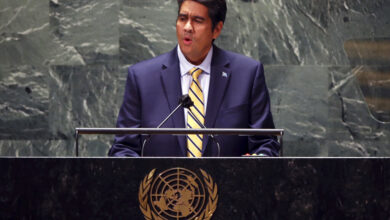Reports: ASEAN militaries can play even bigger roles in disaster response

Tom Abke
Militaries of Association of Southeast Asian Nations (ASEAN) member states have consistently played a vital role in providing humanitarian assistance and disaster relief when natural disasters strike. Reports from think tanks in the region, however, suggest that this critical defense participation can be enhanced to save lives and protect livelihoods.
Although the United Nations recommends that militaries be used as a last resort in responding to humanitarian crises, their capacity to rapidly deploy and provide logistics and supplies have often made the region’s militaries first responders, according to a January 2021 report for Australia’s Lowy Institute by research analyst S. Nanthini. Their value has become more apparent, she added, “with stretched resources during the [COVID-19] pandemic, and with less international assistance available.”
Nanthini recommended enhanced military cooperation among ASEAN members “to address regional non-traditional security threats, including humanitarian disaster relief.”
Coordinated responses by ASEAN militaries proved vital during the 2017 Marawi conflict in the Philippines, the 2018 Central Sulawesi tsunami in Indonesia, and the current pandemic, Angelo Paolo Luna Trias and Alistair D.B. Cook wrote in an October 2020 report for the S. Rajaratnam School of International Studies in Singapore. (Pictured: Soldiers unload relief supplies from a military aircraft in 2018 following a tsunami in Central Sulawesi, Indonesia.)
Militaries are vital to emergency and disaster response management (DRM) activities in Southeast Asia, Trias and Cook wrote. “ASEAN’s progress in emergency and DRM have led to a grander ‘One ASEAN One Response’ (OAOR) vision to move towards faster and collective responses to disasters inside and outside the region.”
The ASEAN Militaries Ready Group (AMRG) was formalized in 2016 as a “standby mechanism for coordinating ASEAN militaries in a joint response to disasters in the ASEAN region,” according to a June 2020 research report led by Professor Deon Canyon of the Daniel K. Inouye Asia-Pacific Center for Security Studies in Hawaii.
A set of operating practices provides guidance on the relationships, roles and responsibilities of the AMRG in relation to local emergency responders and to ASEAN and U.N. offices tasked with emergency response, Canyon’s report added. “The purpose of the AMRG is to prepare an ASEAN military team for quick coordinated deployment to areas of crises. Participation in the AMRG is flexible, non-binding and voluntary.”
Military deployments across national boundaries can give affected populations access to “unique and critical, life-saving capabilities that militaries bring, such as heavy lift, transportation, engineering, communications and other gap-filling assistance,” the report said.
Tom Abke is a FORUM contributor reporting from Singapore.
IMAGE CREDIT: REUTERS




